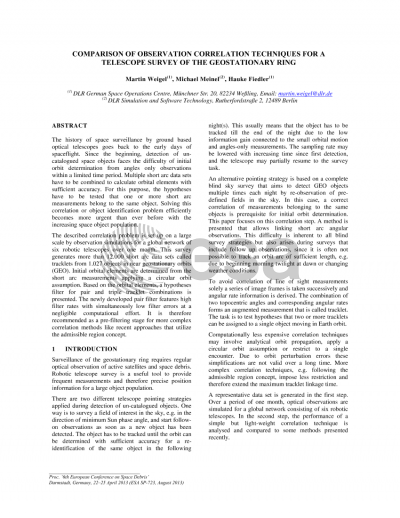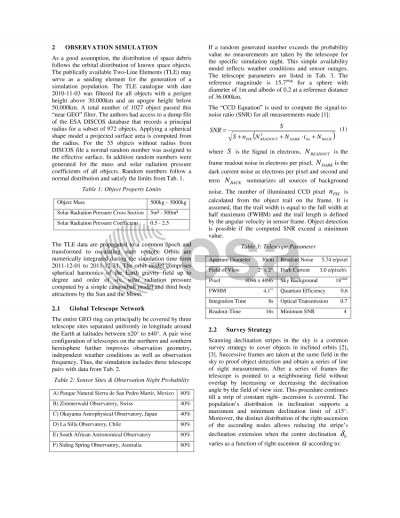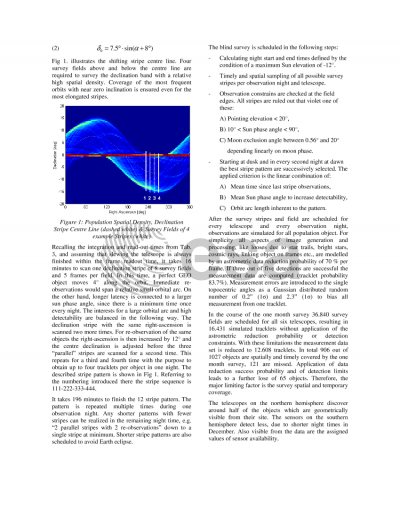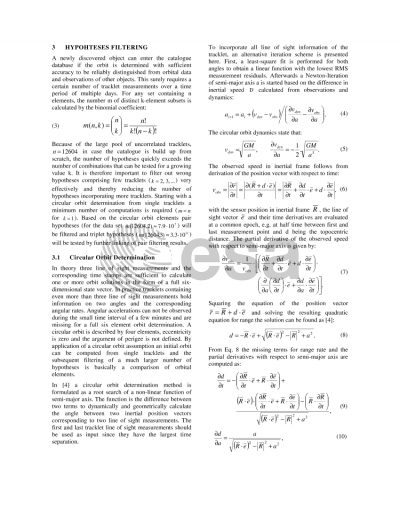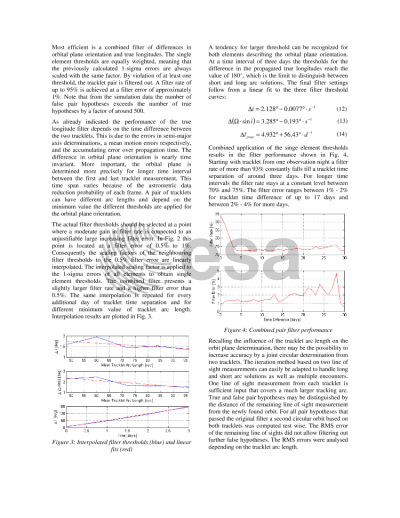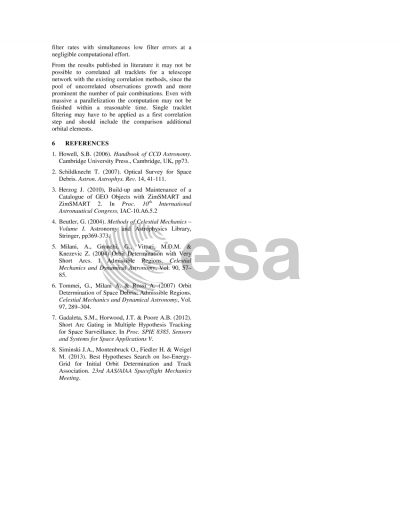Document details
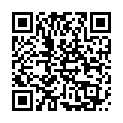
Abstract
The history of space surveillance by ground based optical telescopes goes back to the early days of spaceflight. Since the beginning, detection of uncatalogued space objects faces the difficulty of initial orbit determination from angles only observations within a limited time period. Multiple short arc data sets have to be combined to calculate orbital elements with sufficient accuracy. For this purpose, the hypotheses have to be tested that one or more short arc measurements belong to the same object. Solving this correlation or object identification problem efficiently becomes more urgent than ever before with the increasing space object population. The described correlation problem is set up on a large scale by observation simulations for a global network of six robotic telescopes over one month. This survey generates more than 12.000 short arc data sets called tracklets from 1.027 objects in near geostationary orbits (GEO). Initial orbital elements are determined from the short arc measurements applying a circular orbit assumption. Based on the orbital elements, a hypotheses filter for pair and triple tracklet combinations is presented. The newly developed pair filter features high filter rates with simultaneously low filter errors at a negligible computational effort. It is therefore recommended as a pre-filtering stage for more complex correlation methods like recent approaches that utilize the admissible region concept.
Preview
